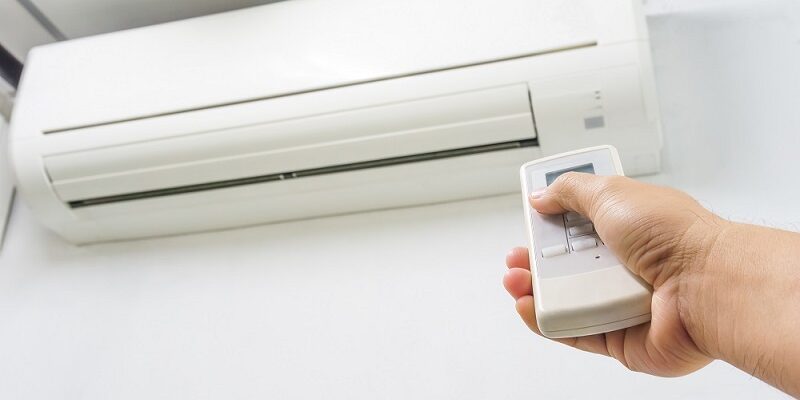
Have you ever questioned the effectiveness of your traditional home cooling system? Have you found yourself in front of a cranked-up air conditioner, still mopping sweat off your forehead? Maybe you’ve wondered if there’s a more efficient way to beat the heat at home. If you fall into any one of these categories, allow me to introduce you to split system air conditioners. In this blog post, we’ll delve into the core benefits of using this modern home improvement marvel. We’ll be unlocking the potential of split systems, reviewing their functionality and, most importantly, how they could just be the answer to your home’s cooling needs.
The secret to any perfect abode extends beyond aesthetic architecture and mind-blowing interior design. It is the balance of comfort and utility that takes the definition of “homely” from the tangible to the experiential. Capitalizing on home improvements that prioritize not just style but also improved quality of life is a practical approach, rightfully given prominence.
From their energy efficiency, space optimization, design versatility, to easy installation and cost-effectiveness, split system air conditioners have been increasingly gaining popularity. It’s time to discover why.
What is a Split System Air Conditioner?
Split systems, or ductless systems as they’re sometimes known, are an innovative approach to home climate control. They are twofold in their design; a wall-mounted indoor unit recognized for its refined look and an outdoor compressor, located out of the house to keep the noise level at a minimum. The plus side to this approach is that it’s quite a departure from the conventional centralized air conditioning systems that rely on a network of ducts, which often lose energy.
A split system brings a focused approach by targeting specified zones for cooling or heating. These are not just highly adaptable but also an effective method to control your home’s temperature, without overworking the appliance.
Energy Efficiency and Cost Effectiveness
A split system’s zone-targeting ability allows it not just to cool or heat your living environment but to do so in an energy-efficient way. Centralized systems can often result in a loss of up to 30% of cooling energy due to ductwork deficiency. By eliminating the risk of leaky ducts, split systems keep up their productivity, reducing energy consumption and saving you money on your utility bills.
Split Systems and Aesthetic Consistency
In terms of design, split systems harmonize perfectly with the modern home setting. Their sleek, streamlined features can be tailored to fit any aesthetic preference, providing a cooling solution that doesn’t disrupt your carefully curated interior design. Now, this is a feature any design enthusiast will cherish!
Ease of Installation
Split systems are relatively easy and unintrusive to install compared to their duct-reliant counterparts. With simpler installation procedures and minimal structural exposure, split systems are your go-to solution for saving time and reducing construction chaos.
Noise Level and Space Optimization
Let’s talk about noise. Split systems, with their outdoor units, ensure quiet operation. On top of that, they are an excellent space-saving solution. Given their ductless design, they remove the need for large, bulky indoor units, keeping your interior space comfortable and clutter-free.
Split System Versus Central Air Conditioning: Pros and Cons
Like any home appliance, split systems come with their own set of pros and cons. But their benefits outweigh their cons easily. They are energy-efficient, cost-effective, seamlessly integrated, and easy to install. However, they may require more maintenance than centralized systems, particulary the cleaning of the filters more often. Also, installing multiple indoor units in each room might up the costs.
Conclusion
In the quest for aesthetic and functional home improvement solutions, split system air conditioners emerge as a frontrunner. Their energy efficiency and cost-effectiveness, combined with their aesthetic consistency and ease of installation, make them an attractive option for both homeowners and tenants. Add to that the low noise levels and the space optimization benefits that they bring, and it’s easy to see why split systems are taking the cooling world by storm. Of course, as with any other home improvement solution, understanding your specific needs and circumstances is critical to making the right choice. For those seeking flexibility, energy savings, and design compatibility, a split system might just be the total home cooling solution you’re after. So, as the unbearable summer heat approaches, it might be high time to explore the benefits of split systems in order to truly make your home a cool retreat.











